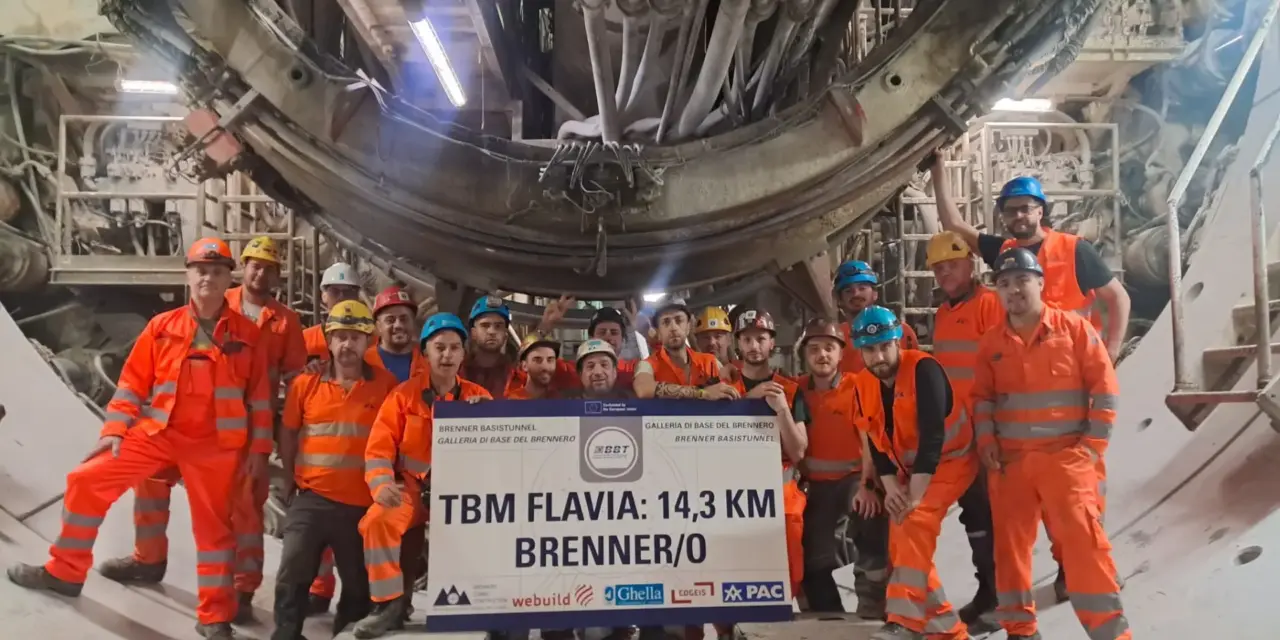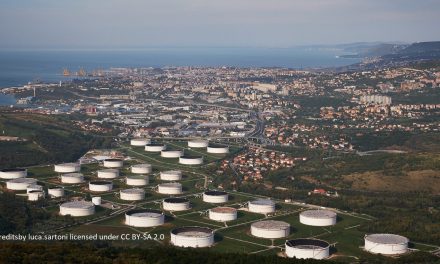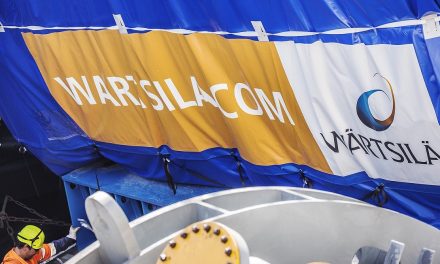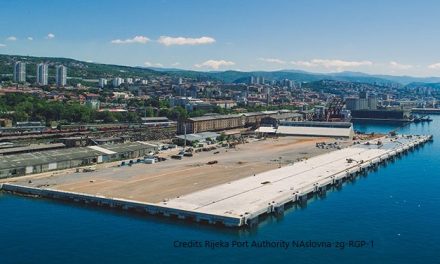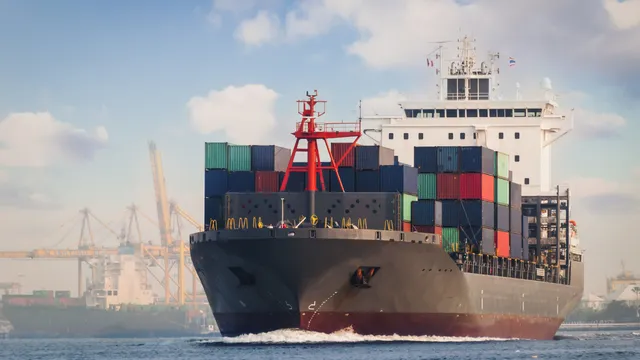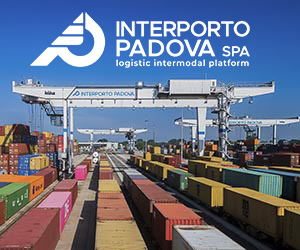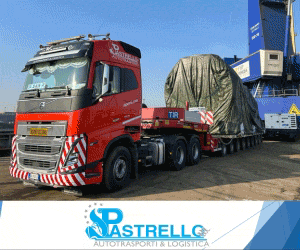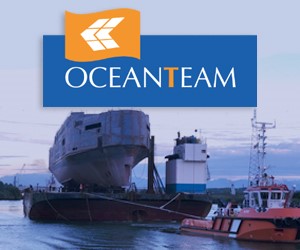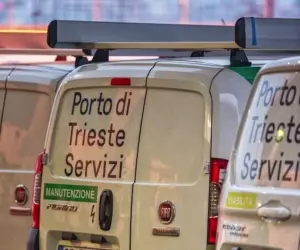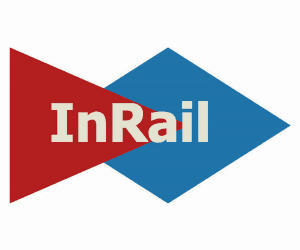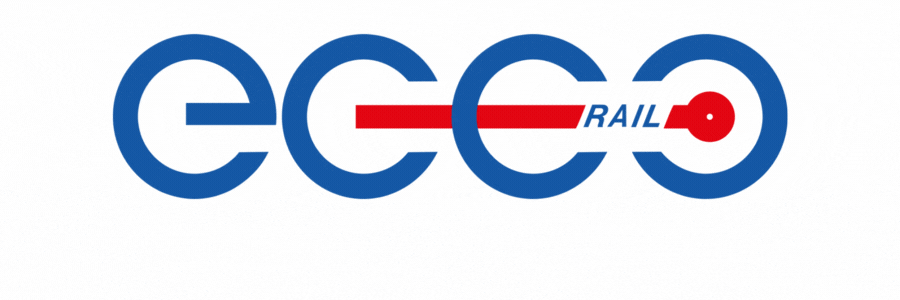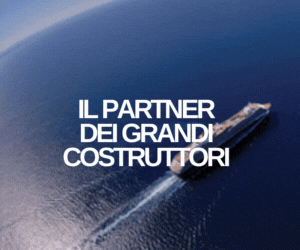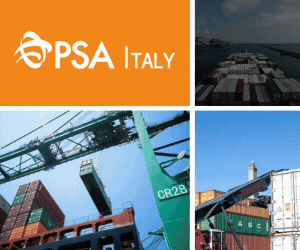TRIESTE – With the completion of mechanical excavation on the west main tunnel, Webuild and RFI (part of the FS Italiane Group) have reached another major milestone in the construction of the Brenner Base Tunnel.
Once finished, the 64-kilometer tunnel will become the longest underground railway infrastructure in the world. The tunnel boring machine “Flavia” has completed its route, reaching the Austrian border beneath the South Tyrolean Alps. The work is part of the activities carried out by the TFB consortium on behalf of BBT SE, the project company responsible for the infrastructure, owned in Italy by RFI.
Construction progress on the Mules 2–3 lot—the largest section on the Italian side—has now passed 95%, following the 2023 completion of the east main tunnel by TBM “Virginia”. In total, more than 40 kilometers have been excavated using TBM technology in this segment, involving over 65 kilometers of main and auxiliary tunnels along a complex route.
Once completed, the Brenner Base Tunnel will connect Fortezza (BZ) and Innsbruck (AT), dramatically reducing travel time for passengers from 80 to just 25 minutes, with speeds reaching up to 250 km/h. This project is a core section of the Munich–Verona rail axis and a key link in the TEN-T Scandinavian–Mediterranean Corridor, which is strategic for logistics and sustainable mobility across Europe.
The project extends beyond the main tunnel: Webuild is also working on the Gola del Sill–Pfons lot in Austria and has already completed the Tulfes–Pfons section and the Isarco underpass. Upgrades are also underway on the Fortezza–Ponte Gardena line and the Trento bypass, both essential to maximizing the new tunnel’s potential.
The new infrastructure will offer a strong alternative for both freight and passenger rail services and involves an investment of €8.8 billion. Initiated in 2013 with the tender process in the same year and works starting in 2014, completion of the remaining lots—Lot h41 (Gola del Sill–Pfons), Lot h53 (Pfons–Brennero), and Lot h61 (Mules 2–3)—is expected from 2028 onwards. As for the final phase involving equipment and technology systems, now yet to begin, completion is projected by 2032.



